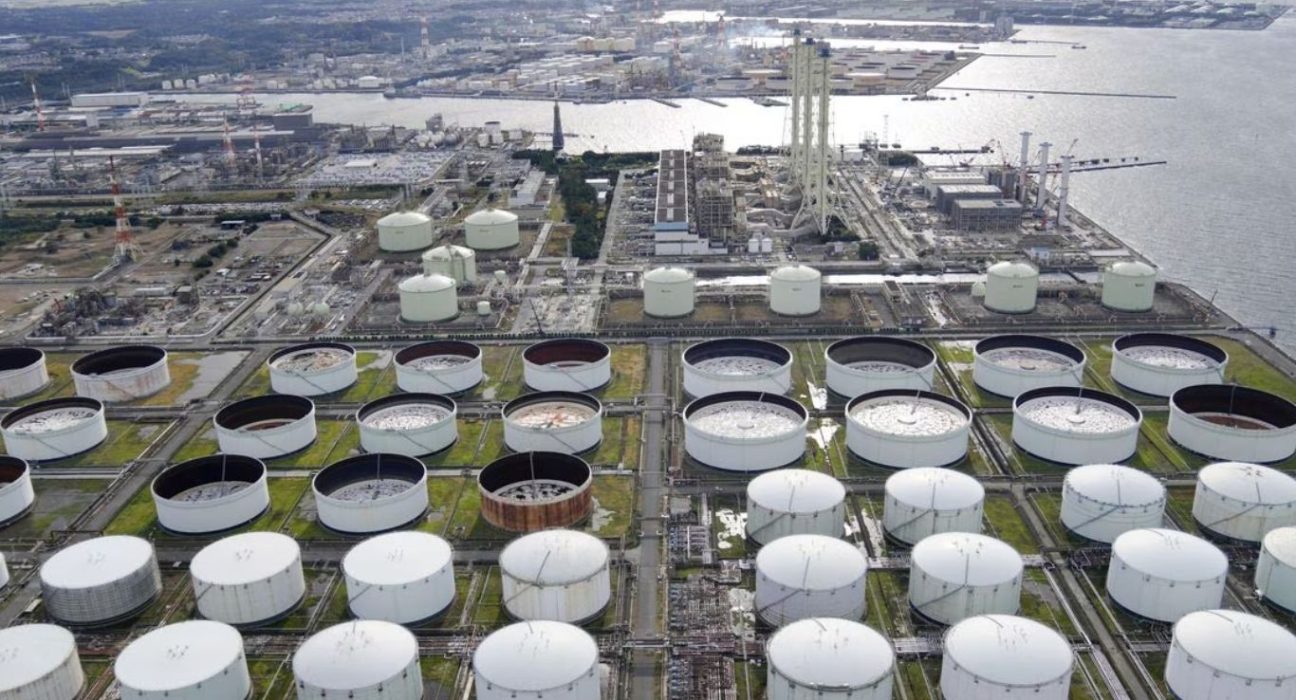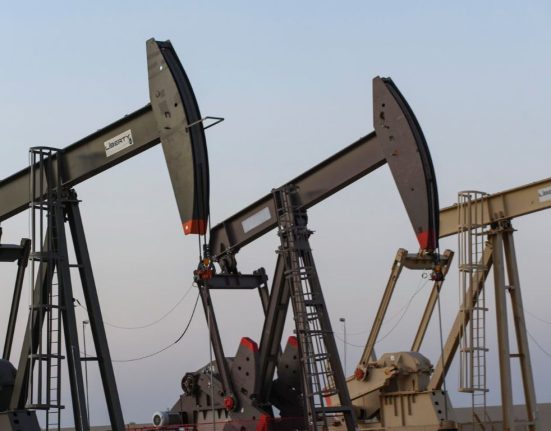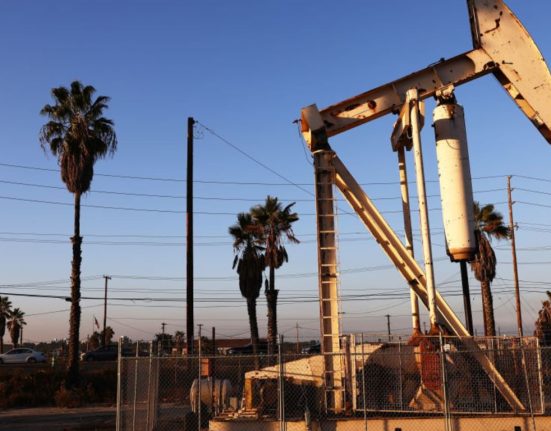Introduction
In the dynamic world of global oil markets, each day brings new developments that can send prices soaring or plunging. In recent trading sessions, we’ve witnessed a noteworthy surge in oil prices, primarily attributed to two key factors: a massive drawdown in U.S. crude stockpiles and the looming threat of Hurricane Idalia. In this article, we’ll delve into these influences and the broader dynamics affecting oil prices.
U.S. Crude Stockpile Draw Sparks Optimism
One of the primary drivers behind the recent surge in oil prices is the indication of a substantial drawdown in U.S. crude stockpiles. This drawdown suggests that demand for crude oil in the United States is robust, which typically pushes prices upward. Investors and oil market participants are closely monitoring this trend as it signals a potential rebalancing of supply and demand dynamics.
Hurricane Idalia
A Disruptive Force
Another critical factor contributing to the price rally is the looming presence of Hurricane Idalia. Hurricanes in the Gulf of Mexico can disrupt oil production and transportation, leading to supply shortages and price spikes. This hurricane is adding a layer of uncertainty to the market, as its path and intensity remain unpredictable. Traders are closely watching for any potential disruptions to oil infrastructure in the region.
The Dollar’s Influence on Oil Prices
Oil prices are significantly influenced by currency movements, particularly the value of the U.S. dollar. A weaker dollar tends to boost oil prices, and that’s precisely what happened on Tuesday. The drop in the dollar was triggered by data indicating a cooling in U.S. consumer confidence and labor market conditions. These economic indicators could lead to a more cautious approach by the Federal Reserve, which in turn would impact the dollar’s strength.
The Fed’s Impact on Oil Prices
The Federal Reserve’s monetary policy decisions have a profound impact on financial markets, including oil. If the Fed adopts a less hawkish stance due to economic concerns, it could lead to lower interest rates, which tends to weaken the dollar. A weaker dollar, as mentioned earlier, is conducive to higher oil prices.
Navigating Uncertainty in Global Supplies and Demand
While the factors mentioned above have driven oil prices upward, there are still significant uncertainties in the oil market. One such concern is the rising global supplies of crude oil. OPEC+ and other major producers have been gradually increasing their production levels, which could offset the impact of a U.S. stockpile drawdown.
Additionally, the demand side of the equation remains a critical factor. As the world continues to grapple with the effects of the COVID-19 pandemic, questions about the strength of global oil demand persist. Variants of the virus and changing consumer behaviors add complexity to the forecast.
Conclusion
A Complex Oil Market Landscape
In conclusion, the recent surge in oil prices can be attributed to a combination of factors, including the promising drawdown in U.S. crude stockpiles, concerns over Hurricane Idalia, a weaker U.S. dollar, and shifting Federal Reserve policies. However, the oil market remains intricate and subject to numerous uncertainties, such as rising global supplies and evolving demand patterns. As traders and analysts continue to monitor these variables, the oil market will remain a dynamic arena, offering opportunities and challenges for investors and consumers alike.










